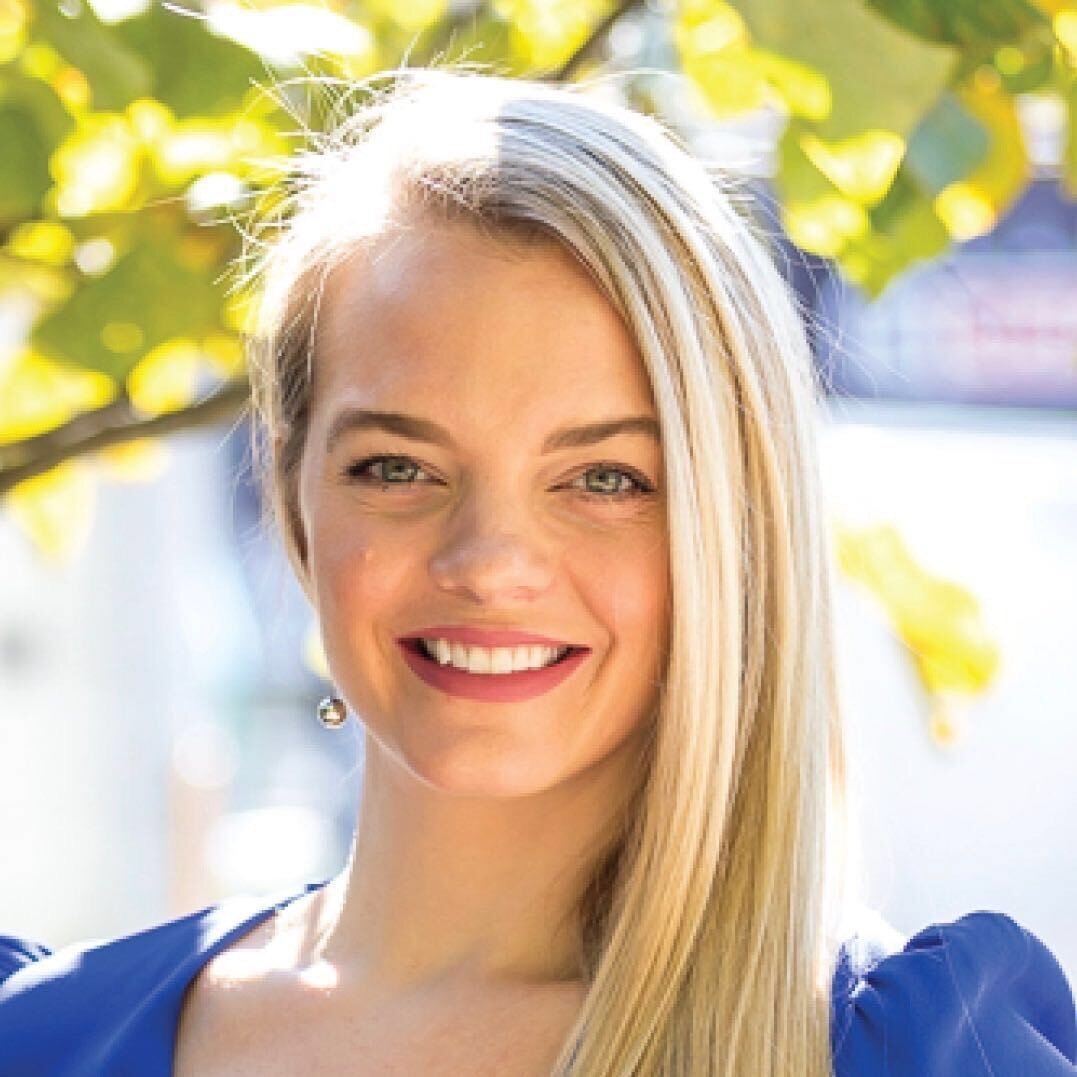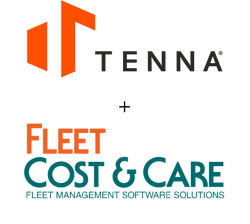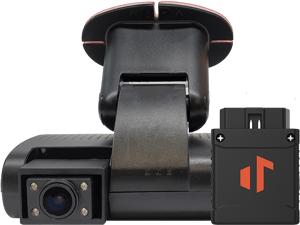
I had the privilege of joining the Fleet Cost & Care (FCC) team’s October leadership summit in Dallas, and it did not disappoint. Having spent my time in construction focused on finance and now equipment overall, cranes were a subset that I hadn’t had the opportunity to really learn about … yet. While Tenna tracks and optimizes cranes for our customers, I wasn’t fully aware of the all the nuances in that world based on my role in technology partnerships. As an integration partner of Fleet Cost & Care, Tenna had the opportunity to not only participate in the Leadership Summit, but also attend the SC&RA Crane and Rigging Workshop earlier in the week for some fantastic education. Needless to say, I was fully prepared to spend the day with other FCC partner companies as well as construction companies in the crane world. Partnerships in construction technology are integral to a fully connected organization, and FCC is helping to spread awareness around the importance of connection with gatherings like these summits. Three primary themes from the discussions resonated heavily as we all parted ways.

Not All Technology is Created Equal
There are several solutions on the market for every problem an organization is facing. Many of those solutions span multiple industries, but the problems construction companies face are often highly specific. Even more so for a crane company. Technology providers that were built specifically for construction are better options, whether like Tenna and Fleet Cost & Care being built by construction companies, or the great new diagnostic technology from Manitowoc that we were able to see that day. These solutions address construction specific pains and have built workflows based on how a construction company works. Another differentiator was customer service from these organizations. Many of the attendees shared that multi-industry solutions tended to have less responsive and/or knowledgeable service options for customers.
Data is Great, but it Must be Actionable
There are so many great ways to collect data on how your business is doing, but it must be actionable. Sitting on a mountain of information about your people, equipment, or projects isn’t going to make you more profitable. Finding ways to incorporate that data into the decision-making process is how it can drive success. Gathering the data is the easy part. “Where is that attachment?” is a fair question, but what happens when you have 200 attachments, and they all need maintenance at different times? Start with a statement. “Equipment location, maintenance schedules, and usage data should be tracked to save time and prevent downtime due to unscheduled repairs,” allows companies to look at the problem and then collect the data they need, instead of the other way around based on technologies available on the market. Many of the attendees reinforced this, both service providers and contractors. Every business is different, meaning the goal and the path to get there is different. A good starting point after determining the goal is to ask the technology provider to build a business case. This allows for collaboration around the goal, a bit of free consulting, and most importantly an early view of what it’s like to work with the vendor.
Thoughtful Messaging and Communication Lead to Better Adoption
 Communication around change was something that was heavily discussed. That conversation was spurred by the topic of fleet cameras. Drivers are typically wary of “big brother” and sharing the larger reason for bringing in dash cams can alleviate some of the pain during that transition: safety and risk reduction. This opened up the overall topic of communicating with teams around transition and the best time to do that, and answers varied. Some preferred a two-phase approach, informing teams of the change and the “why” behind the change, followed by the launch announcement. Others opt for a single communication to the team just before launch so that the message doesn’t feel disruptive. The answer depends on the size of the team as well as how teams have responded historically. However, the thing that everyone agreed on was transparency around the goal and unpacking the “why.”
Communication around change was something that was heavily discussed. That conversation was spurred by the topic of fleet cameras. Drivers are typically wary of “big brother” and sharing the larger reason for bringing in dash cams can alleviate some of the pain during that transition: safety and risk reduction. This opened up the overall topic of communicating with teams around transition and the best time to do that, and answers varied. Some preferred a two-phase approach, informing teams of the change and the “why” behind the change, followed by the launch announcement. Others opt for a single communication to the team just before launch so that the message doesn’t feel disruptive. The answer depends on the size of the team as well as how teams have responded historically. However, the thing that everyone agreed on was transparency around the goal and unpacking the “why.”
Overall, many of the themes were centered around the problems we’re all trying to solve every day, but the difference was having an open forum to work through these problems collectively. The size of the event allowed everyone to participate and lend experience while also having the right mix of backgrounds in the room. It’s easy to unintentionally stay in a vacuum and try to resolve problems quickly in house. What Fleet Cost & Care provided was a positive space to critically think about solutions and share experiences to help others learn. This type of transparent, peer-driven problem solving is unique and, in my opinion, the best way to “zoom out” and see the bigger picture from an industry perspective based on real situations. Tenna is looking forward to participating again in the future.
About Jessica Stephens
Jess has a strong affinity for connecting people to technology. Having spent eight years in tech for traditional industries like aerospace and field service management, construction was a natural next step. In her role as Technology Partnerships Manager, Jess focuses on helping technology users build better ecosystems and integrations, by building and supporting a strong partner network for Tenna. Industry topics she focuses on include diversity and inclusion, technology, innovation, and equipment. She is an active member of NAWIC, CFMA, ABC, and AGC.

